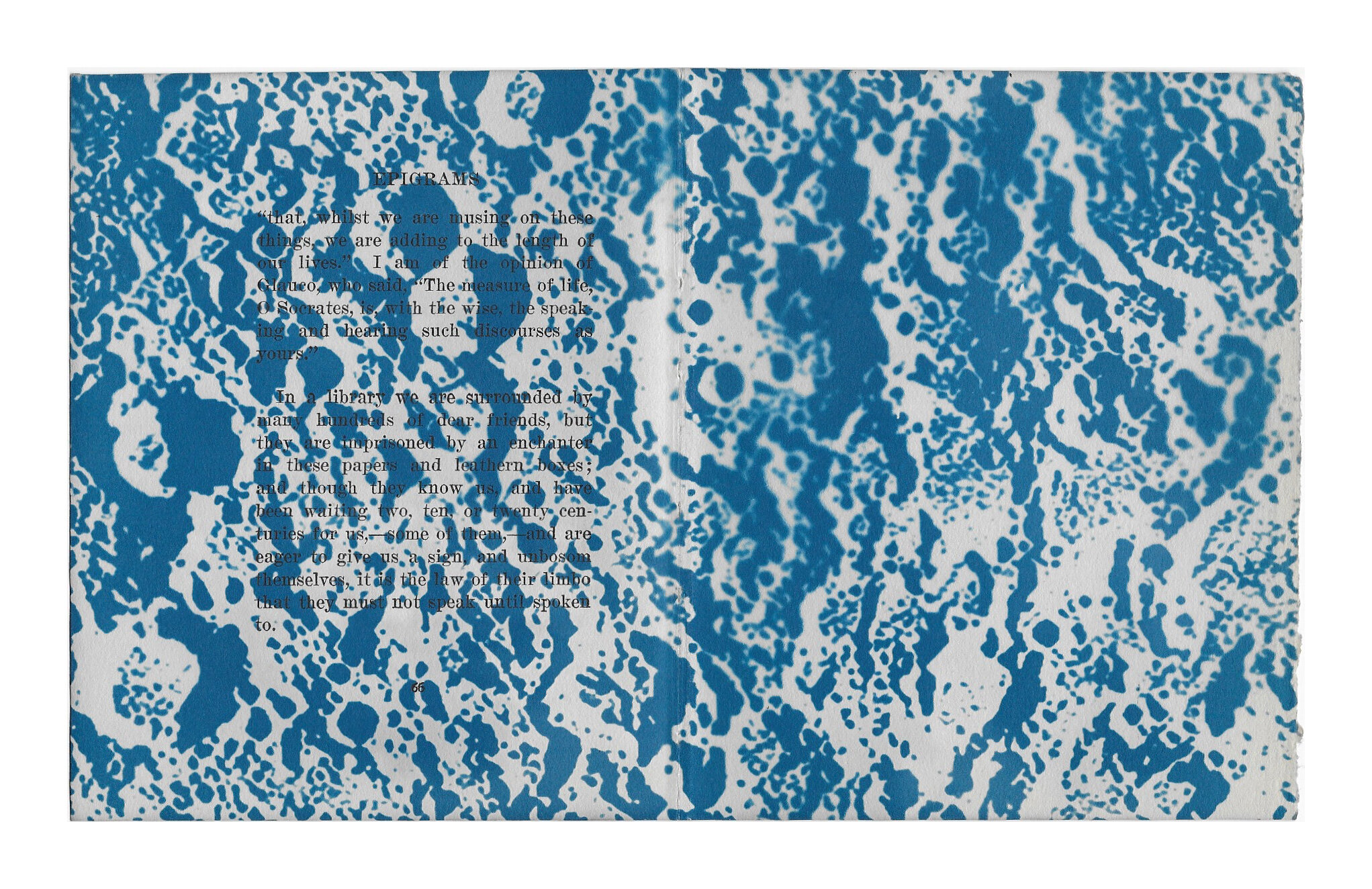 |
Falkland Road by Mary Ellen Mark.
|
Photographs by Mary Ellen Mark
Steidl, Gottingen, Germany, 2024. 132 pp., 76 images, 11¼x12¾x¾".
Falkland Road is not an enjoyable book. That might be an odd statement to begin a book review, but it’s my frank opinion. Subtitled “Prostitutes of Bombay”, Mary Ellen Mark’s classic monograph assaults the reader with a series of brutal transactions. Young women practice the world’s oldest profession in dingy rooms, fending off an onslaught of horny men, disturbing power dynamics, and grimy conditions. Spend as long as you want putting lipstick on these scenes. It won’t soften the grubby squalor of Mumbai’s red-light district circa 1978.
If the book leaves you unsettled, Mary Ellen Mark is already one step ahead of you. She intended Falkland Road as an exposé to speak truth to power. Photographs can do that on occasion—especially true in the pre-Internet magazine heyday—but only if they’re not sugar coated. Mark applied this maxim to Falkland Road, which became an early foundation for a career built on raw documentary revelation. Most of her later work took the form of black-and-white photography. Falkland Road was a rare foray into color. On the occasion of its recent reprinting, its palette and clarity help distinguish the book as a landmark.
 |
Falkland Road’s first inklings began during Mark’s first trip to India in 1968. She found herself a young stranger in a strange land. She was mesmerized by the titular streets many brothels, but her tentative attempts to photograph them were initially rebuffed. When she returned in 1978—fresh on the heels of her Magnum induction—she was better prepared. “I had no idea if I could do this, but I knew I had to try” she explains in the introduction. She hung around with local prostitutes day after day. “Some of the women thought I was crazy, but a few were surprised by my interest and acceptance of them. And slowly, very slowly, I began to make friends.” From these fitful beginnings, the project gradually extended for four months, from October 1978 to January 1979.
 |
Mark sets the book’s resolute mood with an establishing shot of Falkland Road. It’s an evening exterior view of Bombay’s brothels, taking up most of a two-page spread. Women advertise their services to the street, safely ensconced in open-air rooms behind barred windows. Whether they are being protected or confined is open to interpretation. Mary Ellen Mark’s introduction follows—her essay and captions manifest a sharp writing talent able to match her photo chops—before she dives into the nitty gritty.
 |
The book descends in force. We see photos of women primping and gathering for the upcoming work shift. They gather like school girls, some toting kids or wash buckets. Gradually they’re joined by customers. Anything goes here. Gender bending, domination, toys, and parlor tricks are gently hinted. Anticipation blurs into dusky hues. Couples gawk, cuddle, and get it on, all shot with perfunctory non-judgment. Some photos are quite explicit. Yet none feel especially salacious. These are closer to NatGeo than Penthouse. Whatever the scene or person, Mark is right in the mix, her camera hovering nearby, often with flash in hand. One wonders by what black magic she gained such intimate access, or how she managed to document exotic carnality with such cool remove.
 |
In the wrong hands, sex scenes in a distant country might be easily exoticized. They could be cordoned and emotionally defused if not edited and sequenced with care. Mark maintains a full contact press—with both reader and photo subject—by interweaving portraiture with the more traditional documentary photos. She connects with subjects and receives vulnerable eye contact in return. Some gazes are snatched during nightly duties. Some are quiet poses. One by one, a series of working women take a moment to peer back into her camera. On occasion she catches Johns doing the same. The expressions are typically blank or bemused, not exactly innocent but still hard to pigeonhole. In any case, once they enter the reader’s mind, none of these portraits are easily displaced.
 |
When Falkland Road was originally published in 1981 by Thames and Hudson, it was widely feted as a photographic classic. It was clear that Mark had laid down a marker, but it came with a few hiccups. Color photobooks were technically limited at the time, and the production was flawed with color casts and imperfect scans. Publishing technology has come a long ways since, not to mention place names. E.g. Bombay is now Mumbai.
In 2005 Steidl reprinted Falkland Road with added photographs and improved tonality. That was a step forward, but the 2023 version is even better. Mark’s original Kodachrome slides have been freshly rescanned and printed by Steidl. The colors are rich and contrasty, able at last to meet the raw power of Mark’s subject matter. I won’t say the combination is pleasant. Falkland Road will never be enjoyable to read, and it might sit some time between viewings. But even if it gathers dust on the shelf, it’s a essential component in any documentary photobook library.
Purchase Book
Read More Book Reviews
 |
 |
 |
Blake Andrews is a photographer based in Eugene, OR. He writes about photography at blakeandrews.blogspot.com.



















